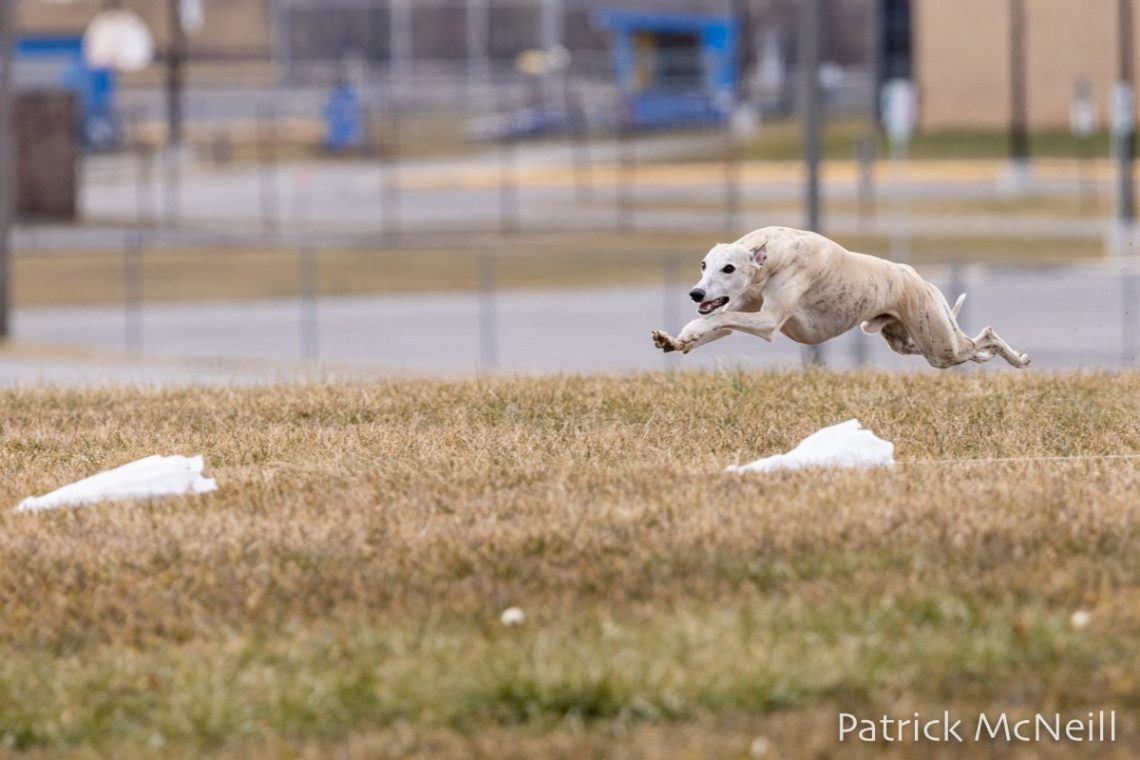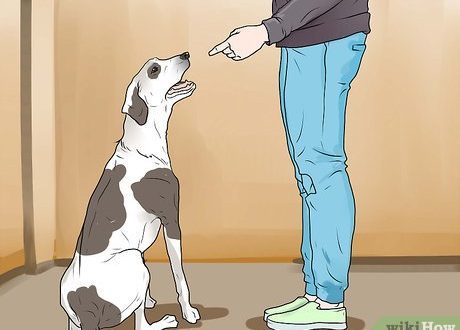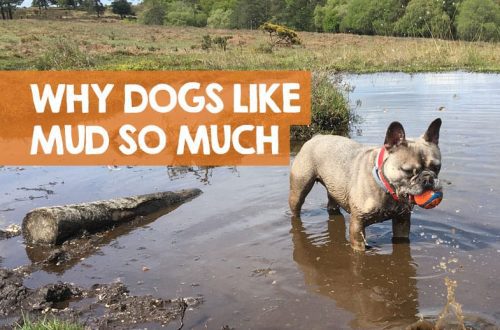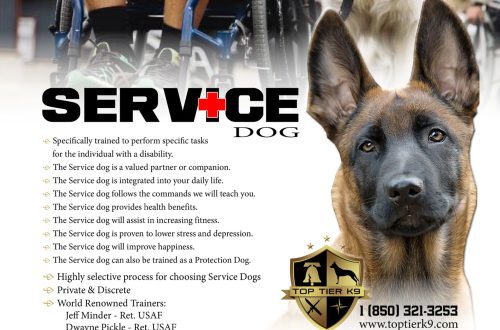
What is coursing for dogs?
Coursing comes from the UK. It appeared back in the XNUMXth century, when hunting with greyhounds was a popular entertainment for the nobility. Before hunting, the dogs were warmed up by setting them on a live hare. Since the XNUMXth century, the number of wild animals began to decline, and a number of restrictions were imposed on hunting. Then coursing came to the rescue. He helped to maintain the physical shape of hound breeds and their working qualities.
Contents
Coursing today
Today, coursing for dogs is not a real hunt for a live hare, but an imitation of the process using a special device called a mechanical hare. It is a reel with a motor – a bait is attached to the device. An animal skin, plastic bags or washcloths are used as bait.
Coursing competitions are held on the field. The track is usually uneven, it contains unexpected bends and sharp turns. By the way, this sport is often confused with racing – running in circles after the bait. The main differences between them are the route and the evaluation criteria.
How are the competitions going?
Coursing offers two route options:
400–700 meters for Italian Greyhounds, Whippets, Basenjis, Mexican and Peruvian Hairless Dogs, Sicilian Greyhounds and Thai Ridgebacks;
500-1000 meters – for other breeds.
Coursing evaluation criteria are considered quite subjective. For each of them, the judges give a score on a 20-point scale.
Dog evaluation criteria:
Speed. Since finishing first in coursing is not the main thing, the speed of the participants is evaluated by other parameters – in particular, by the style of the dog’s running, its ability to give all the best on the track. So, there is an expression “an animal creeps along the ground” – this is a special gallop of greyhounds, that is, a low and sweeping run. The speed with which the animals rush in the final throw for prey is also valued;
Maneuverability – this is one of the main distinguishing criteria for evaluating coursing. It evaluates how quickly and easily the dog is able to change the trajectory of the run, its manner of passing sharp turns;
Intelligence is evaluated by what strategy the dog will choose in pursuit of the bait: whether it will try to shorten the path, cut corners, analyze the movement of a mechanical hare, cutting off its path to retreat. In a word, this is an indicator of how effectively she is chasing prey;
Endurance. This criterion is evaluated according to the form in which the dog came to the finish line;
Enthusiasm – this is the dog’s desire to catch prey, ignoring failures.
During the competition, participants make two races. Dogs scoring less than 50% of the points in the first race are not allowed to the second stage. The winner is determined by the sum of points scored in the two races.
Dog evaluation criteria:
Coursing is traditionally a competition for hunting dogs. The best in this sport are the Whippet, Italian Greyhound, Basenji, Xoloitzcuintle, Peruvian Hairless Dog and some others.
However, other pets can also participate in the race, including those without a breed, but in this case the title will not be awarded. The minimum age for coursing participants is 9 months, the maximum age is 10 years.
Dogs in estrus, as well as lactating and with obvious signs of pregnancy are not allowed to participate in competitions.
How to prepare?
Coursing is a great opportunity for a dog to throw out energy, keep fit and working qualities. But start training should be very careful. If there is little experience, it is better to contact a professional cynologist who will help prepare for the first competition.
It should be borne in mind that coursing training starts quite late – after 8 months. Early physical activity can lead to health problems for the dog, especially when it comes to improper exercise.
For a dog owner, coursing is one of the laziest sports. Unlike, for example, canicross, running with a pet is not necessary here.





